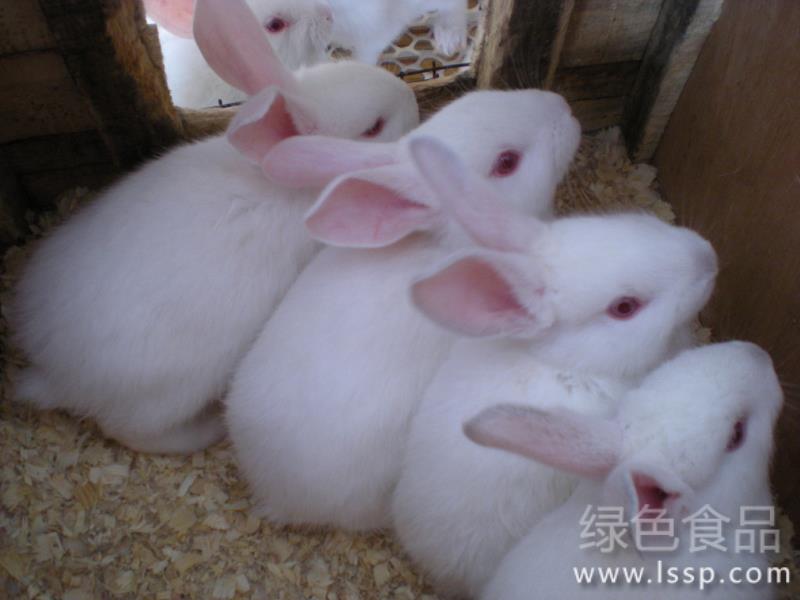Breeding of Agkistrodon halys: construction and management
1. The construction of breeding farms
The pit of Agkistrodon halys should be built in places far away from residential buildings, secluded, leeward and sunny, with high terrain, water resources and convenient transportation. The area of the snake farm depends on its feeding capacity, surrounded by a fence, the wall is 2-2.5 meters high, and the corner of the wall is built into an arc. The foot of the wall is 1.5 meters underground and is firmly built with concrete in 1.5 meters deep soil to prevent rats from burrowing and snakes from escaping. The snake farm is equipped with a ditch with an area of 4 square meters and a depth of 30 centimeters, with fresh water quality for snakes to drink and bathe.
two。 Feeding and management
The stocking density of Agkistrodon halys should not be too high, so as to prevent the phenomenon of competing for food and affect its growth, development and reproduction. The artificial feeding density should be adjusted according to different developmental stages and physiological periods of Agkistrodon halys. There are no more than 5 adult snakes per square meter, 1 female pregnant period, and generally no more than 10 per square meter in breeding period. There are no more than 50 newly hatched snakes per square meter.
The amount of feed each time in captivity depends on the number of snakes. Some live rats, frogs, @ # @ 236 birds and @ # @ 237 birds / etc. (fresh fish and frogs can be used as supplementary feed). One snake only needs to feed one eel or two or three Loach a week. When the snake is hungry, it will automatically prey on the live fish and frogs raised in the pond. Agkistrodon halys needs a lot of nourishment to replenish the body after stinging in early May and before stinging in November. During this period, try to feed as much as possible, which is the key to raising snakes. The food should be clean and pollution-free. Eels, Loach and small fish caught with germs or pesticides should not be fed, so as to avoid poisoning and illness. When raising snakes due to monotonous food, severe hunger or lack of nutrients, there is often the phenomenon that big snakes devour small snakes. Snakes should be fed with fresh, live, diverse and adequate food, usually twice a week, less during the rest of the week and not during the hibernation season. Feed in the evening, that is, before the snake comes out of the hole, so that the snake can catch the food as soon as it comes out of the hole.
At the same time, in order to control the temperature, the temperature range of Agkistrodon halys is 14: 35 ℃, the most suitable temperature is 20: 30 ℃, and the overwintering temperature is 10: 14 ℃. Pay attention to keep warm in the cold season, the temperature is too low, in addition to covered with straw and nylon film, you can add 250W infrared light bulb or black light bulb in the box, or use an electric heater to control the temperature at 10: 14 ℃. Do not use fire to keep warm in winter, and pay attention to keep the soil moisture of the snake nest at about 10%. When the ambient temperature is as high as 40 ℃ in summer, the snake is in danger of being killed by heat, so try to cool it down, such as building leaves or shading on the snake farm, sprinkling cold water on the snake farm, pouring well water into the pool, and so on.
In addition, the environment of the snake farm should be kept clean and hygienic. It is necessary to clean the snake farm regularly, remove the remaining food and feces in time, and change the bedding in the snake nest regularly to prevent the occurrence of snake disease. Usually should pay attention to observe the health of snakes, if found abnormal activity, creeping difficulties of sick snakes, should be timely isolation and treatment. In addition, attention should be paid to prevent the harm of natural enemies.
- Prev

Prevention and treatment of itching acariasis in rabbits
Symptoms: diseased rabbits lose appetite, gradually lose weight, constantly shake their heads, scratch their ears with their feet, are restless, there are dry yellow crusts in the external auditory canal, which fill the whole ears, and some rabbits tilt their heads and finally twitch and die. Diagnosis: rabbit itch acariasis can be diagnosed according to the symptoms. Prevention and control measures: ⒈ treatment: ① found sick rabbits timely isolation treatment, cage utensils with 1-2% trichlorfon solution spraying strict disinfection. ② was used to apply Chongkexing lotion to the inner ear canal, every
- Next

High temperature in summer is not suitable for long-haired rabbits how to manage long-haired rabbits in summer
High temperature in summer is not suitable for long-haired rabbits how to manage long-haired rabbits in summer
Related
- On the eggshell is a badge full of pride. British Poultry Egg Market and Consumer observation
- British study: 72% of Britons are willing to buy native eggs raised by insects
- Guidelines for friendly egg production revised the increase of space in chicken sheds can not be forced to change feathers and lay eggs.
- Risk of delay in customs clearance Australia suspends lobster exports to China
- Pig semen-the Vector of virus Transmission (4)
- Pig semen-the Vector of virus Transmission (3)
- Five common causes of difficult control of classical swine fever in clinic and their countermeasures
- Foot-and-mouth disease is the most effective way to prevent it!
- PED is the number one killer of piglets and has to be guarded against in autumn and winter.
- What is "yellow fat pig"? Have you ever heard the pig collector talk about "yellow fat pig"?

